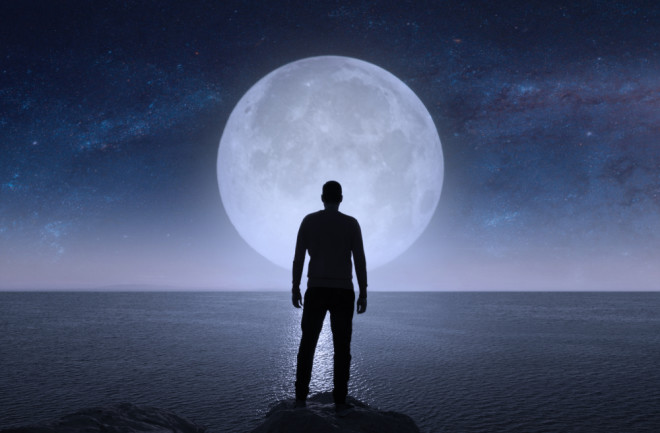The notion that the moon has a powerful effect on the human mind is deeply ingrained in culture and lore. It’s even embedded in language; consider the word “lunacy,” which comes from the Latin word lunaticus, meaning something like “moonstruck.” But if you’re convinced the phase of the moon affects your moods or the moods of people around you, science has long had a clear message for you: You’re wrong. That’s a myth. Many studies have been done over the past decades looking for an association, and there has been virtually no evidence of any effect of the moon on human behavior.
But maybe science has been looking in the wrong places. According to some new studies, past research on the moon’s cycles missed a rather astonishing pattern.

